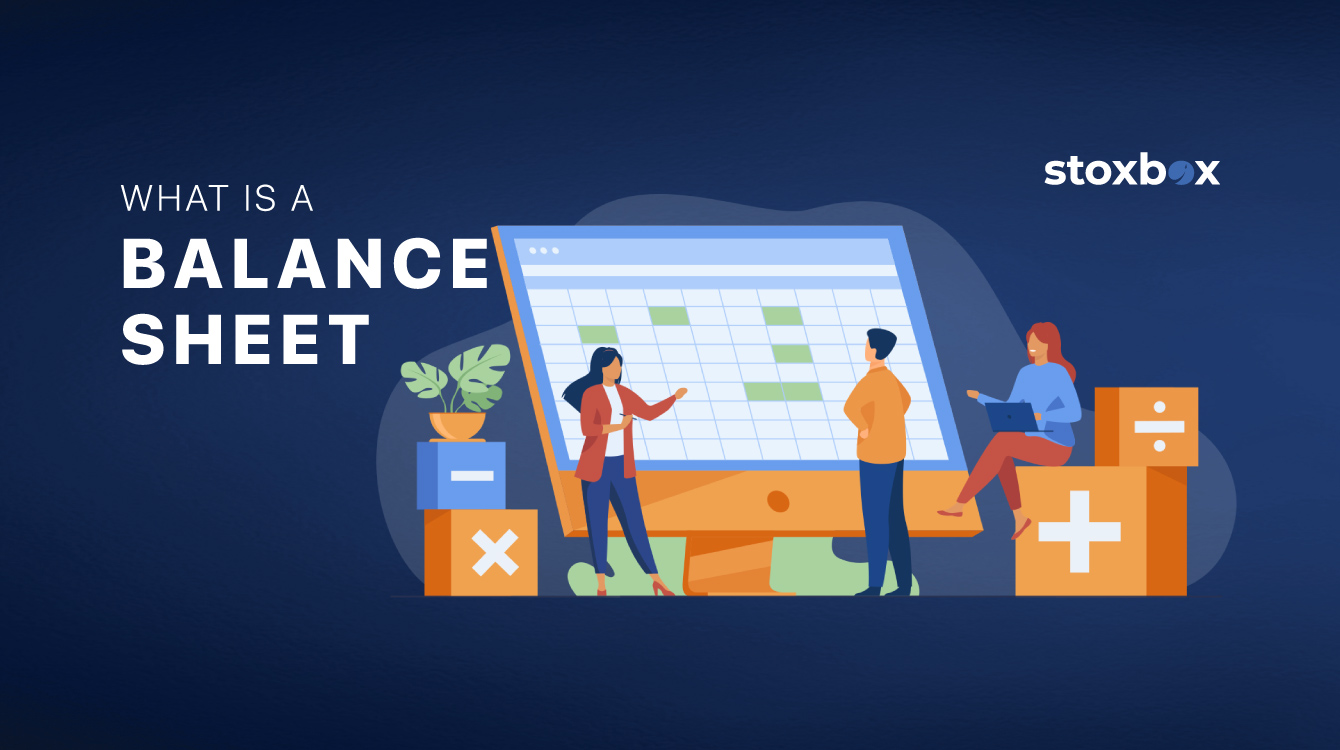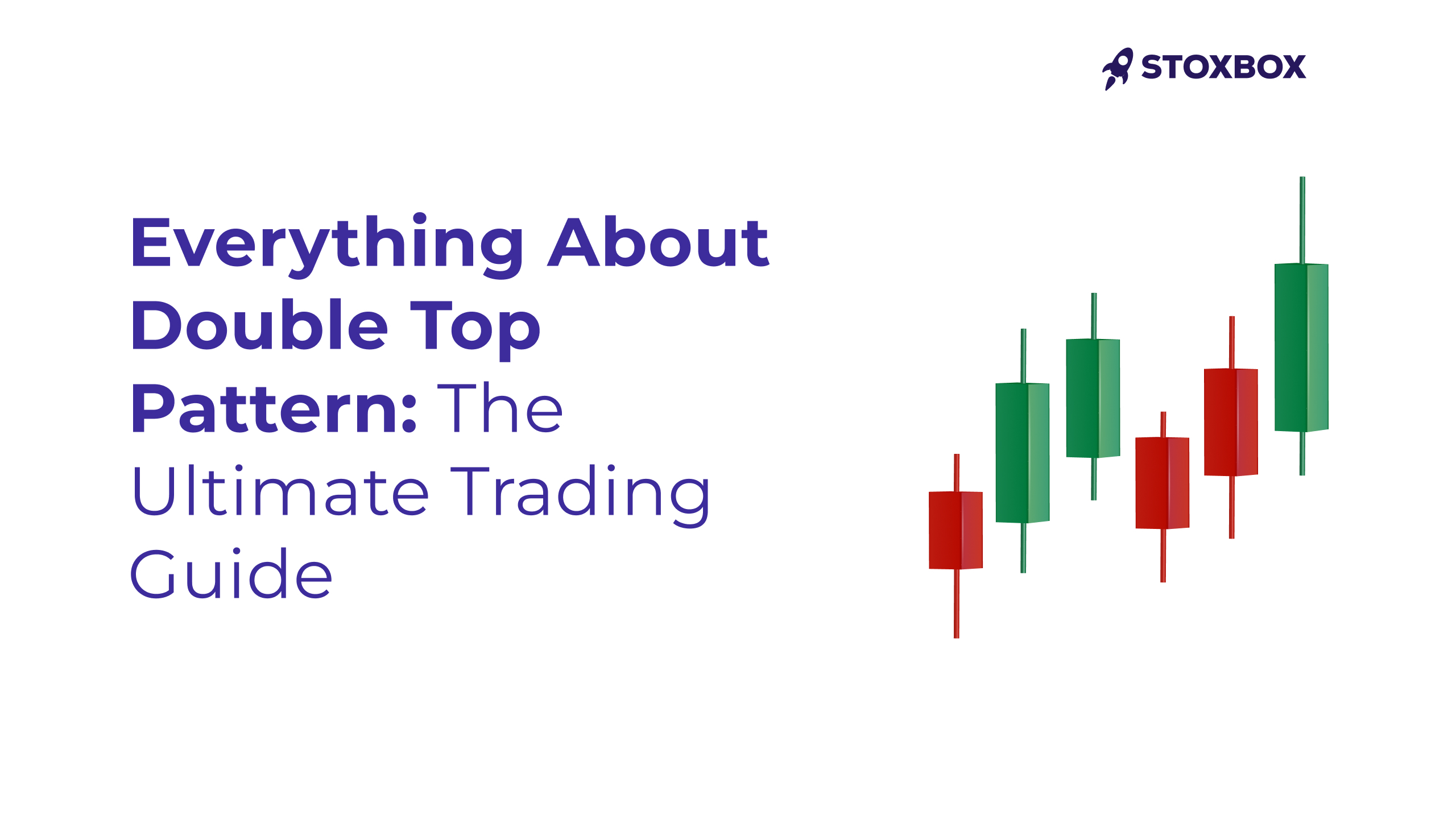The Financial Position Blueprint
Whilst profit and loss statements capture corporate performance across defined time periods, balance sheets provide comprehensive snapshots of financial position at specific moments, revealing the accumulated results of all business activities since inception. This static perspective complements dynamic performance measurement, enabling thorough assessment of financial stability, capital allocation effectiveness, and long-term sustainability.
Balance sheet analysis requires understanding the fundamental relationships between assets, liabilities, and shareholders’ equity that govern corporate financial structure. These relationships provide insights into management’s capital allocation decisions, financial risk management capabilities, and strategic positioning for future growth opportunities.
The mathematical precision underlying balance sheet construction creates analytical opportunities whilst imposing constraints that reveal management’s financial discipline and strategic priorities. Understanding these dynamics enables sophisticated evaluation of financial strength and competitive positioning.
The Fundamental Balance Sheet Architecture
The balance sheet equation represents one of accounting’s most fundamental principles, ensuring mathematical precision whilst providing analytical framework for understanding corporate financial dynamics. This relationship governs all balance sheet construction and creates opportunities for meaningful financial analysis.
The Essential Equation Framework
Assets = Liabilities + Shareholders’ Equity
This equation reflects the basic principle that corporate assets must be financed through either external obligations (liabilities) or internal ownership capital (shareholders’ equity). The mathematical certainty of this relationship enables systematic analysis of capital structure decisions and financial positioning strategies.
Every corporate transaction affects this equation whilst maintaining its balance, creating audit trails and analytical opportunities that support investment decision-making. Understanding how different business activities influence each component enables more sophisticated assessment of financial health and strategic direction.
Asset Classification and Analysis
Assets represent resources controlled by corporations that provide future economic benefits through revenue generation, cost reduction, or strategic positioning advantages. These resources require systematic classification to enable meaningful analysis of their composition, quality, and strategic importance.
Consider ITC Limited’s diverse asset base, encompassing manufacturing facilities, brand portfolios, distribution networks, and financial investments across multiple business segments. For FY2014, total assets of ₹47,823 crores reflect decades of strategic investment and operational development across tobacco, consumer goods, hotels, and agribusiness segments.
Current Assets: Resources expected to be converted to cash or consumed within one year, including cash reserves, inventory holdings, accounts receivable, and short-term investments. These assets provide operational liquidity whilst indicating working capital management effectiveness.
Non-Current Assets: Long-term resources providing benefits beyond one year, including property and equipment, intangible assets, long-term investments, and deferred expenditures. These assets typically represent strategic investments supporting competitive positioning and growth capabilities.
Liability Structure Evaluation
Liabilities represent corporate obligations requiring future settlement through asset transfers or service provision. Understanding liability composition and timing provides insights into financial risk, liquidity requirements, and capital structure sustainability.
Current Liabilities: Obligations requiring settlement within one year, including accounts payable, short-term debt, accrued expenses, and current portions of long-term debt. These obligations influence liquidity requirements and working capital management effectiveness.
Non-Current Liabilities: Long-term obligations extending beyond one year, including long-term debt, pension obligations, deferred tax liabilities, and lease commitments. These obligations influence financial leverage and long-term financial flexibility.
Shareholders’ Equity: The Ownership Foundation
Shareholders’ equity represents the residual ownership interest after deducting all liabilities from total assets. This fundamental relationship makes shareholders’ equity the ultimate measure of shareholder value whilst creating apparent paradoxes in balance sheet presentation that require careful understanding.
The Conceptual Framework
From a mathematical perspective, shareholders’ equity equals assets minus liabilities, representing the net worth attributable to shareholders. However, balance sheet presentation classifies shareholders’ equity alongside liabilities, creating apparent confusion that requires conceptual clarification.
This presentation reflects the entity perspective, where the corporation is viewed as a separate entity with obligations to various stakeholders, including shareholders. From this viewpoint, shareholders’ equity represents the corporation’s obligation to return value to ownership interests, justifying its classification alongside other liabilities.
Practical Illustration Through Corporate Analysis
ITC Limited’s shareholders’ equity of ₹34,867 crores for FY2014 represents accumulated shareholder investments plus retained earnings generated through decades of business operations. This equity base provides financial stability whilst demonstrating management’s historical success in creating shareholder value.
The detailed composition reveals:
- Share capital representing initial and subsequent equity investments
- Retained earnings reflecting cumulative profits retained for business growth
- Capital reserves from various corporate actions and revaluations
- Other comprehensive income from currency translations and investment adjustments
This equity structure demonstrates the company’s self-funding capabilities and reduced dependence on external financing, providing operational flexibility and financial resilience during challenging market conditions.
Asset Quality and Composition Analysis
Effective balance sheet analysis requires examining asset quality and composition to assess their contribution to sustainable competitive advantages and future value creation. Different asset categories exhibit varying characteristics regarding liquidity, productivity, and strategic importance.
Tangible Asset Evaluation
Physical assets including manufacturing facilities, distribution infrastructure, and technology equipment provide operational capabilities whilst requiring ongoing maintenance and eventual replacement. Evaluating these assets requires understanding their age, condition, technological relevance, and strategic importance.
ITC’s property and equipment of ₹8,934 crores includes tobacco manufacturing facilities, consumer goods production lines, hotel properties, and agribusiness infrastructure across diverse geographic locations. This diversified asset base provides operational resilience whilst creating barriers to competitive entry.
Manufacturing asset analysis considers factors such as:
- Capacity Utilisation: How effectively the company employs available production capacity
- Technology Currency: Whether equipment remains competitive with industry standards
- Maintenance Requirements: Ongoing capital expenditure needed to maintain operational effectiveness
- Strategic Location: Geographic positioning advantages for market access and cost efficiency
Intangible Asset Assessment
Non-physical assets such as brands, patents, customer relationships, and proprietary technologies often provide the most sustainable competitive advantages whilst being the most difficult to value accurately. These assets typically generate returns exceeding their recorded values.
ITC’s brand portfolio including Classmate, Aashirvaad, and Bingo represents substantial intangible value largely unrecorded on the balance sheet due to conservative accounting practices. These brands provide pricing power, customer loyalty, and market positioning advantages that generate sustainable returns.
Intangible asset evaluation encompasses:
- Brand Recognition: Market awareness and customer preference advantages
- Innovation Capabilities: Research and development assets supporting future product development
- Customer Relationships: Distribution networks and customer loyalty providing market access
- Regulatory Advantages: Licenses and permits creating competitive moats
Investment Portfolio Analysis
Corporate investment portfolios reflect management’s capital allocation decisions beyond core operations, providing insights into financial management capabilities and strategic diversification approaches.
Investment analysis considers:
- Strategic Investments: Equity stakes in suppliers, customers, or complementary businesses
- Financial Investments: Treasury management through debt and equity securities
- Real Estate Holdings: Properties held for appreciation or strategic purposes
- Joint Ventures: Collaborative arrangements providing market access or capabilities
Working Capital Management Assessment
Working capital represents the operational liquidity available for day-to-day business activities, calculated as current assets minus current liabilities. Effective working capital management balances liquidity requirements with capital efficiency to optimise cash flow generation.
Current Asset Optimisation
Efficient current asset management involves maintaining adequate liquidity whilst minimising unproductive capital deployment. This balance requires sophisticated management of inventory levels, receivables collection, and cash reserves.
For ITC’s FY2014 position:
- Cash and Equivalents: ₹6,847 crores providing substantial liquidity reserves
- Inventory Holdings: ₹4,234 crores across diverse product categories
- Trade Receivables: ₹1,987 crores reflecting customer payment terms
- Other Current Assets: ₹2,156 crores including prepaid expenses and short-term investments
This current asset composition demonstrates conservative liquidity management whilst suggesting opportunities for more aggressive capital deployment to enhance shareholder returns.
Current Liability Management
Effective liability management involves optimising payment terms with suppliers whilst maintaining positive relationships and ensuring adequate liquidity for operational requirements.
Current liability components include:
- Trade Payables: ₹3,847 crores representing supplier payment obligations
- Short-term Provisions: ₹2,156 crores for various anticipated expenses
- Current Tax Liabilities: ₹892 crores for pending tax obligations
- Other Current Liabilities: ₹1,234 crores including accrued expenses and deposits
Capital Structure and Financial Leverage
Capital structure analysis examines the balance between debt and equity financing, assessing financial risk, cost of capital implications, and strategic flexibility. Optimal capital structures balance the benefits of financial leverage with the risks of financial distress.
Debt Analysis and Risk Assessment
Debt financing provides tax advantages and financial leverage whilst creating fixed obligations that must be serviced regardless of business performance. Debt analysis requires examining both quantum and structure to assess financial risk.
ITC’s conservative capital structure with minimal debt financing reflects strong cash generation capabilities and management’s preference for financial flexibility over leverage benefits. This approach provides resilience during economic downturns whilst potentially limiting returns during growth phases.
Equity Efficiency Evaluation
Shareholders’ equity represents the most expensive form of capital due to shareholder return expectations, making equity efficiency crucial for sustainable value creation. Companies demonstrating high returns on equity through operational excellence rather than financial leverage typically provide superior investment opportunities.
Return on equity analysis considers:
- Profit Generation: Management’s ability to generate earnings from shareholders’ capital
- Capital Efficiency: How effectively the company employs equity investments
- Growth Sustainability: Whether current returns can be maintained during expansion
- Dividend Policy: Balance between current returns and future growth investments
Strategic Implications for Investment Decisions
Balance sheet analysis provides crucial insights into financial stability, competitive positioning, and strategic flexibility that significantly influence investment attractiveness and risk assessment.
Financial Strength Assessment
Strong balance sheets provide operational flexibility during challenging periods whilst enabling aggressive pursuit of growth opportunities. Companies with conservative capital structures and substantial cash reserves often outperform during market volatility.
Competitive Advantage Evaluation
Asset quality and composition reveal sustainable competitive advantages such as superior locations, proprietary technologies, or established brand portfolios that create barriers to competitive entry.
Growth Capacity Analysis
Balance sheet strength determines companies’ ability to fund growth initiatives, pursue strategic acquisitions, or weather economic downturns without compromising operational effectiveness.
For investors seeking to develop sophisticated balance sheet analysis capabilities, comprehensive educational resources and analytical tools available through platforms such as StoxBox provide structured approaches to mastering financial position evaluation and capital structure analysis necessary for successful equity investment decision-making.
Understanding balance sheet analysis represents a fundamental competency for serious equity investors, enabling identification of financially robust companies with sustainable competitive advantages and superior capital allocation capabilities that support long-term wealth creation through patient investment strategies.



